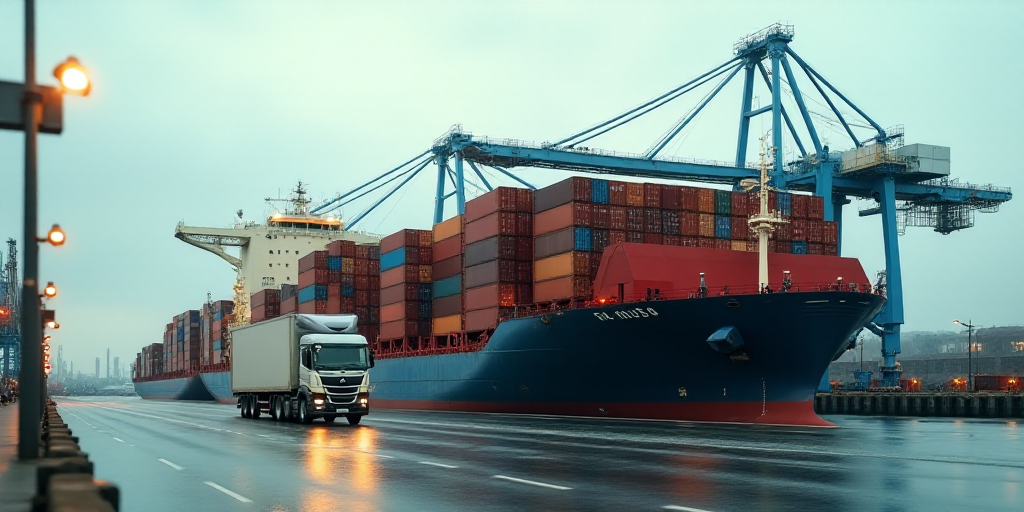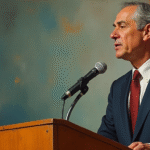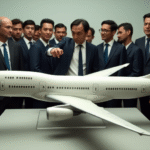Customs Agents to Bear Legal Responsibility
A significant aspect of the proposed customs law reform is introducing shared legal responsibility for customs agents. This means that customs agents will be legally accountable alongside importing or exporting companies to ensure the declared information at customs aligns with reality. In case of any irregularities, agents will face legal consequences, as stated by Carlos Alberto Puga, the revenue director of Mexico’s National Customs Agency (ANAM) during the World Integrity & Compliance Forum.
This change will transform the relationship between businesses and customs agents, requiring greater trust, transparency, and verification protocols.
Increased Technology in Oversight
The reform aims to strengthen customs oversight through technology, including digitalizing customs procedures, employing Artificial Intelligence (AI), biometrics, and risk analysis to detect smuggling. Another change would be increased scrutiny of the IMEX program, which allows temporary imports without immediate tax payment under the promise of subsequent exportation after processing.
The reform could establish safeguards to ensure that items imported under IMEX benefits are genuinely processed, transformed, and exported outside the country. Previously, this program was abused as many goods were imported under IMEX but remained in Mexico for internal commercialization without paying IVA or IEPS.
Additionally, the reform aims to protect domestic industries, particularly in strategic sectors like textiles, footwear, automotive, and electronics.
Customs’ Contribution to Mexico’s Economy
Tax collection at customs is crucial for Mexico’s economy, representing 24% of the federal government’s total tax revenue and 3.6% of the country’s Gross Domestic Product (GDP).
From January to July 2025, customs collected MXN 836.809 billion, a real growth of 21% compared to the previous year, resulting in an additional MXN 146.362 billion.
The primary tax collected at customs is the Value-Added Tax (VAT), generating nearly two-thirds of the government’s total VAT revenue. Other taxes collected at customs include the Special Production and Services Tax (SPS), General Import Duty (GID), Customs Brokerage Fee (CBF), New Vehicle Import Tax (NVIT), among others.
Militarization of Customs
In May 2022, former President Andrés Manuel López Obrador transferred control of Mexico’s 50 customs to the armed forces, moving from the Tax Administration Service (SAT).
In January 2022, the ANAM was created by presidential decree as a decentralized body under the Ministry of Finance, led by military personnel, replacing the General Customs Administration, which was part of the SAT structure.
Key Questions and Answers
- What is the main focus of the proposed customs law reform? The primary goal is to increase tax collection at customs through modernization and shared legal responsibility among customs agents and businesses.
- How will technology be incorporated into the customs process? The reform aims to digitalize customs procedures, employ AI and biometrics for oversight, and strengthen scrutiny of the IMEX program to prevent tax evasion.
- What sectors will benefit from the proposed reform? The reform aims to protect domestic industries, particularly in strategic sectors like textiles, footwear, automotive, and electronics.
- What is the significance of customs tax collection for Mexico’s economy? Customs tax collection accounts for 3.6% of Mexico’s GDP and 24% of the federal government’s total tax revenue.
- What changes were made to the control and management of Mexican customs? In May 2022, former President Andrés Manuel López Obrador transferred control of Mexico’s 50 customs to the armed forces, moving from the Tax Administration Service (SAT). The ANAM was established in January 2022 as a decentralized body under the Ministry of Finance, led by military personnel.






